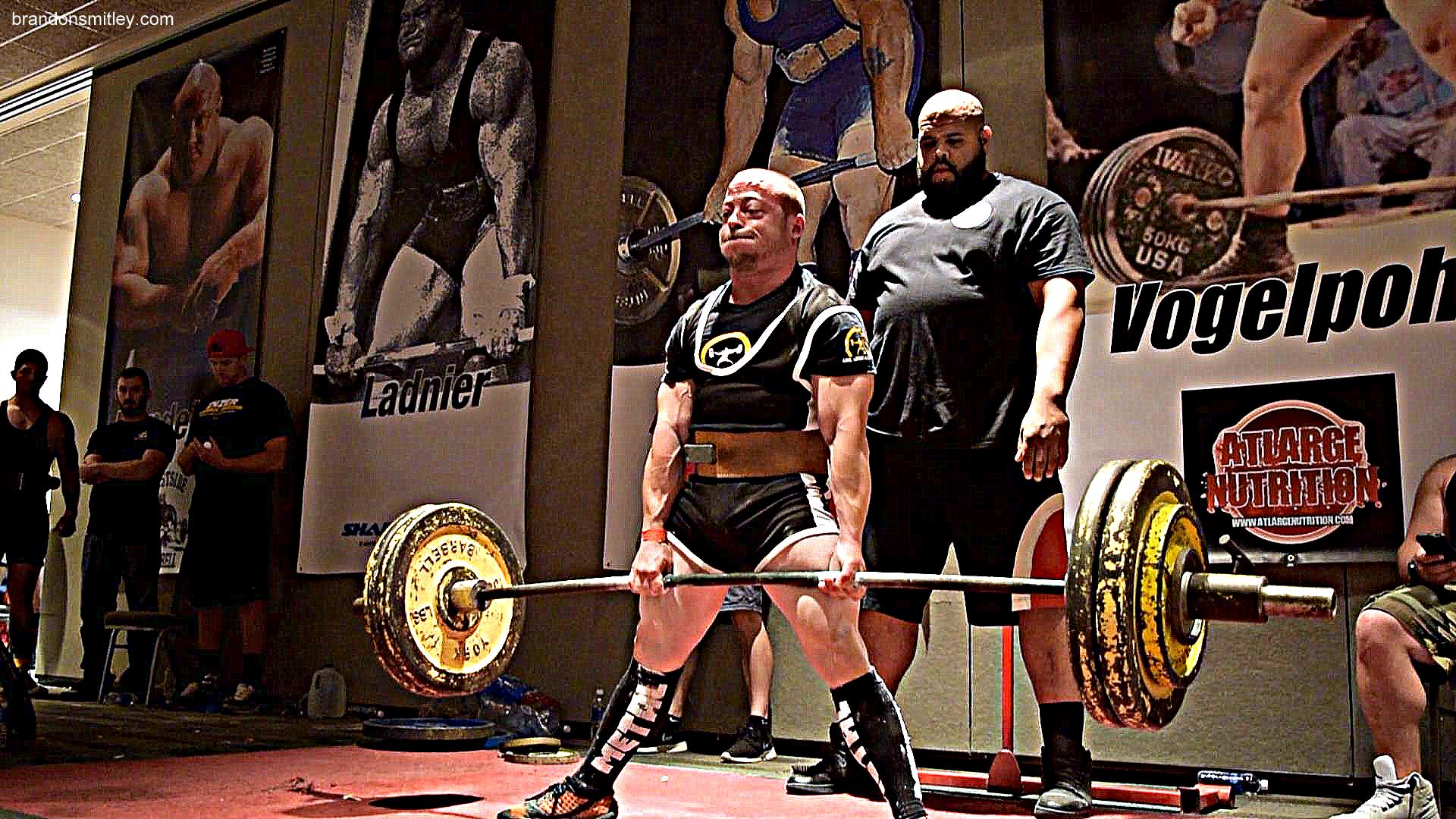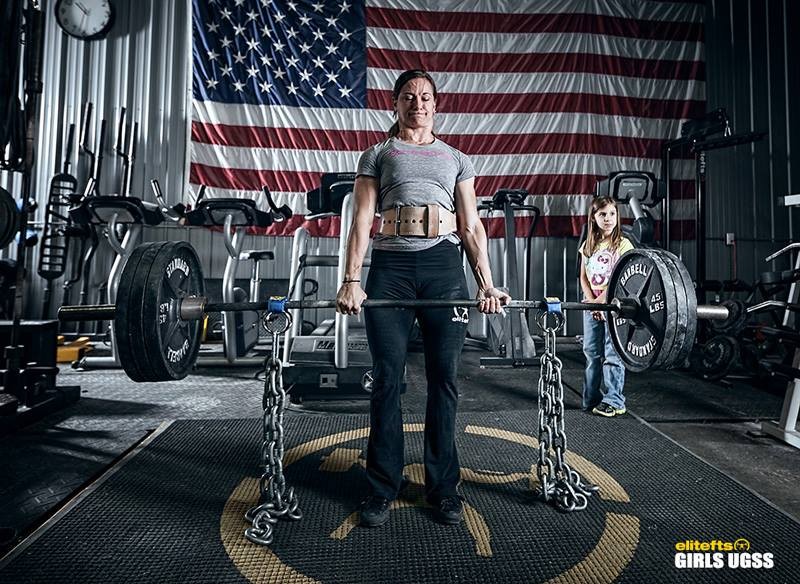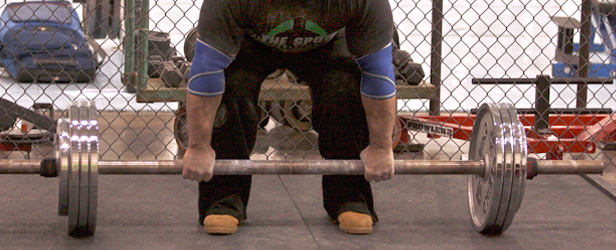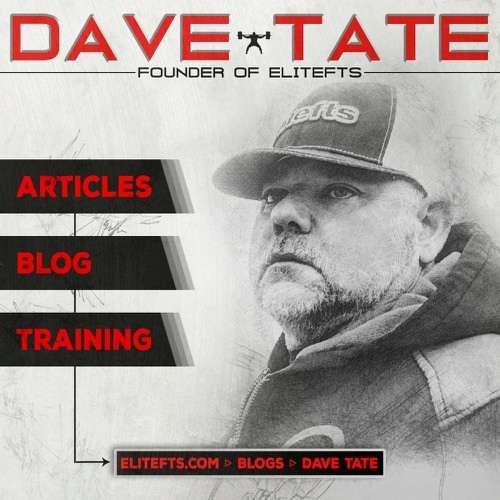
In Part 1, of this article, I went over deadlift setup and execution and why I have so much to say on the matter. My deadlift used to suck. So why should you listen to me? Because my deadlift got better. I learned, tried, practiced, failed, and learned some more. I reached out to the best coaches and lifters to learn anything I could about how to fix a shitty deadlift. Hopefully some of the knowledge and insight I gained can help you take your deadlift from shit or suck to good or maybe great.
In this article, we'll talk about some deadlift details and how to fix common problems to bust through your deadlift plateu.
Should I Pull Sumo Or Conventional?
The answer is whichever version makes you feel stronger. If the beautiful simplicity of that response isn’t enough detail for you (imagine that) here are some general rules of thumb:
Short torso – You can pull conventional or sumo.
Average torso – Pull sumo.
Long torso – Pull sumo.
In other words, the longer your trunk, the more better off youll be pulling sumo.
Arm Length: Guys with short, T-Rex arms should pull sumo. Those with longer arms should pull conventional. How do you know if you have short arms? I get asked that all the time and it never fails to make me laugh. Do you have to roll your sleeves up all the time? Then you probably have short arms. Go try on a fucking dress shirt. If the sleeves are too long, congratulations, you just determined you have short arms. How do you know if you have long arms? Let's be honest. If you have long arms you’ll know. Does it seem to take you twice as long to bench press compared to your partner who happens to be built like a fire hydrant? Keep in mind, this is all based on an average build. When a lifter gains weight, things can change dramatically. For example, a 6-foot-4, 200-pound lifter might have comparatively long arms. But if he gains weight and gets up to 280 pounds, he suddenly might have average-length arms. That’s because as someone gets bigger and wider, their proportions often change. So, when someone contacts me saying they “always” pulled a certain way but are noticing their lifts have gone to shit since bulking up, I usually tell them to switch styles. It often works. When I was 180 pounds I pulled conventional. As I got bigger and my deadlift started to suck, Ed Coan suggested I switch to sumo. It worked, and I stuck with sumo from 190 pounds up to 220 pounds and beyond. Once I reached 275 pounds, however, I had to go back to conventional. Obviously, I didn’t get taller, just thicker and wider. As such, my proportions changed, meaning my deadlift had to change too.

If you’re weak off the floor
The weight is too heavy. Duh. Take some weight off the bar.
You’re overtrained. Look back in your log. How often have you been deadlifting? The deadlift, especially heavy deadlifting, is extremely taxing. You may need a two-week break followed by a few weeks of lighter pulling sessions performed multiple times a week. This can help build work capacity.
If that doesn’t help and you’re still weak off the floor, here are your fixes:
Deficit Deadlifts: The key here is not to use too much of a deficit—two or three quarter-inch rubber mats is plenty. An excessive deficit turns the lift into a quad-dominant movement and takes stress off the posterior chain.
Upper Back Work: Chest supported rows are ideal. Barbell rows are the hardcore choice but they involve too much erectors for my taste. We’re training the upper back here. If you want to train the lower back, do Romanian deadlifts.
Hamstrings: Do a variety of movements that work both origin and insertion.
Weak at the Shin
This is due to a lack of acceleration, or not pulling fast enough once the bar has broken the floor. Your fixes are:
Speed deadlifts: Do these at 55-60% of 1RM for 8-10 singles. Do them on squat day, either before or after you squat, depending on your priorities.
Weak at the Knee
First, make sure the glutes are fully engaged. Now this is not glute activation that you read so much about. I think much of that is bullshit. If you can perform the range of motion, your muscles will be “activated.” I’ve torn both my glute and my h
amstring on separate occasions—trust me, you know they’re not involved. They can however, not be contributing as much as you need. To remedy this from occurring at the top end, I recommend pin pulls and deadlifts off blocks. I prefer pulling off blocks. Pin pulls are brutal to recover from as the arms are forced to absorb much of the force from the barbell smashing into the pins. Too much grip-intensive work is hard enough to recover form; pin pulls magnify this. Pulling off blocks, while a pain to set up, is a far more natural pull. And unlike pin pulls, they reinforce all the good things you’re trying to do in a perfect deadlift. I don’t hate pin pulls (provided you’re not doing them in my gym with 800 pounds loaded on a $1000 dollar competition bar). Just do them less frequently. Also, with either pin pulls or pulls off blocks, don’t pull from too high. Too high will affect your hinge and turn the movement into a quad exercise. Finally, any pin or pull off a block should be done conventional. Sumo versions of these are useless.

Grip is tricky.
Many guys screw it up. In terms of placement, your thumb should overlap the first one or two fingers. Your thumb shouldn’t be crushing all your fingers, just these two. But you should squeeze the shit out of them. Typically, when a grip fails, the little finger fails first. Ed Coan used to say you want to keep that finger breaking first, which meant strengthening the pinkie finger and ring finger. To accomplish this, buy one of those heavy black paper clips from an office supply store and do pinches against the thumb- first with the pinkie finger and then with the ring finger. I never had a grip issue. Louie would say it’s because I never pulled enough to develop a grip issue. Chuck Vogelpohl, however, is someone who did have one. He’d often lose pulls due to failing grip, which drove him crazy. What finally fixed it for him was single dumbbell holds using a hex dumbbell. Be careful not to let the fingers rest in the grooves where the numbers are stamped in.
Are You Mental?
In Part 1, I mentioned that most deadlifting slumps are a result of technical deficiencies. For the 10% of mental issues, many times the fix is easy. Either amp it up or tone it down.
Most mental issues in the deadlift pertain to arousal—about 50% of lifters need to be extremely aroused to pull a lot of weight. You’ve seen them—they pace around, smack heads with their training partners, scare old ladies, etc. The other half is the opposite and tend to be more relaxed.
When I got too aroused, all hell broke loose. I screwed up either the setup or execution. So for mental issues, the first thing you need to do is identify the type of lifter you are. If you aren’t the hyper-aroused type, don’t chase those methods. You’ll just make any other underlying issues worse. The nature of the deadlift also contributes to its potential for mental fuck-ups. Unlike the squat or bench press, in the deadlift there’s no pre-load. You can’t unrack the weight and “feel it out” and adjust your mental state accordingly, whereas in the squat or bench you can tell right away if the lift is going to be cake or if you need to get your shit correct. Furthermore, in the deadlift there’s no eccentric loading and therefore no stretch reflex to take advantage of. So unlike the squat or bench, you go in blind and completely on your own.All that adds up to guys showing up on meet day and failing to budge their 3RM weights. They mentally fuck themselves out of the lift before they even get up there.









